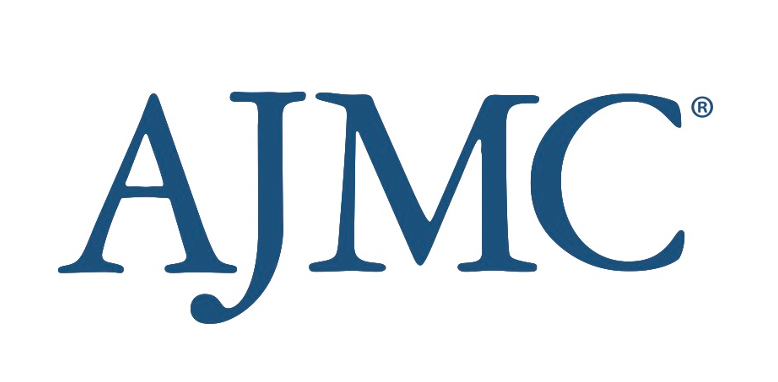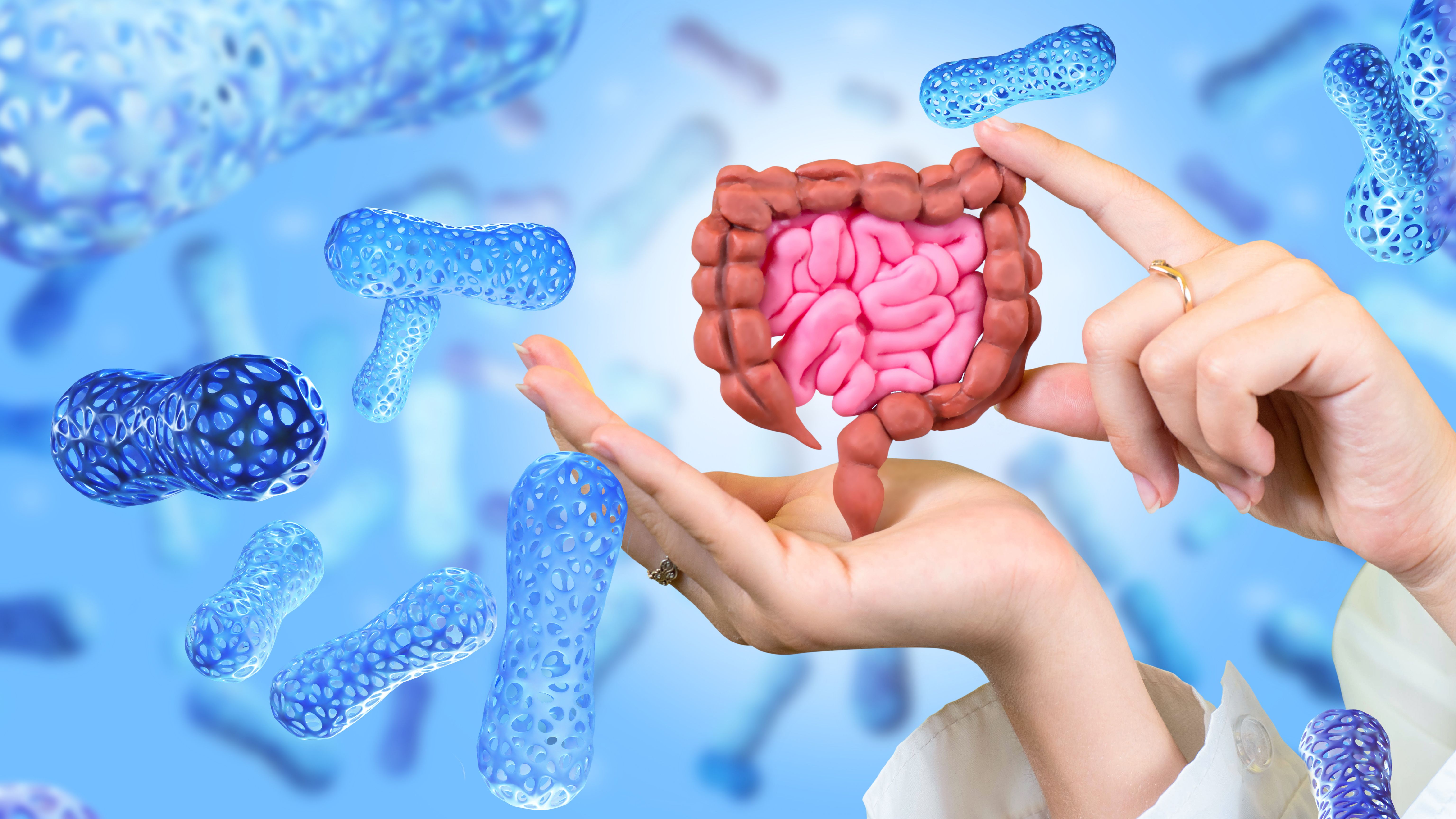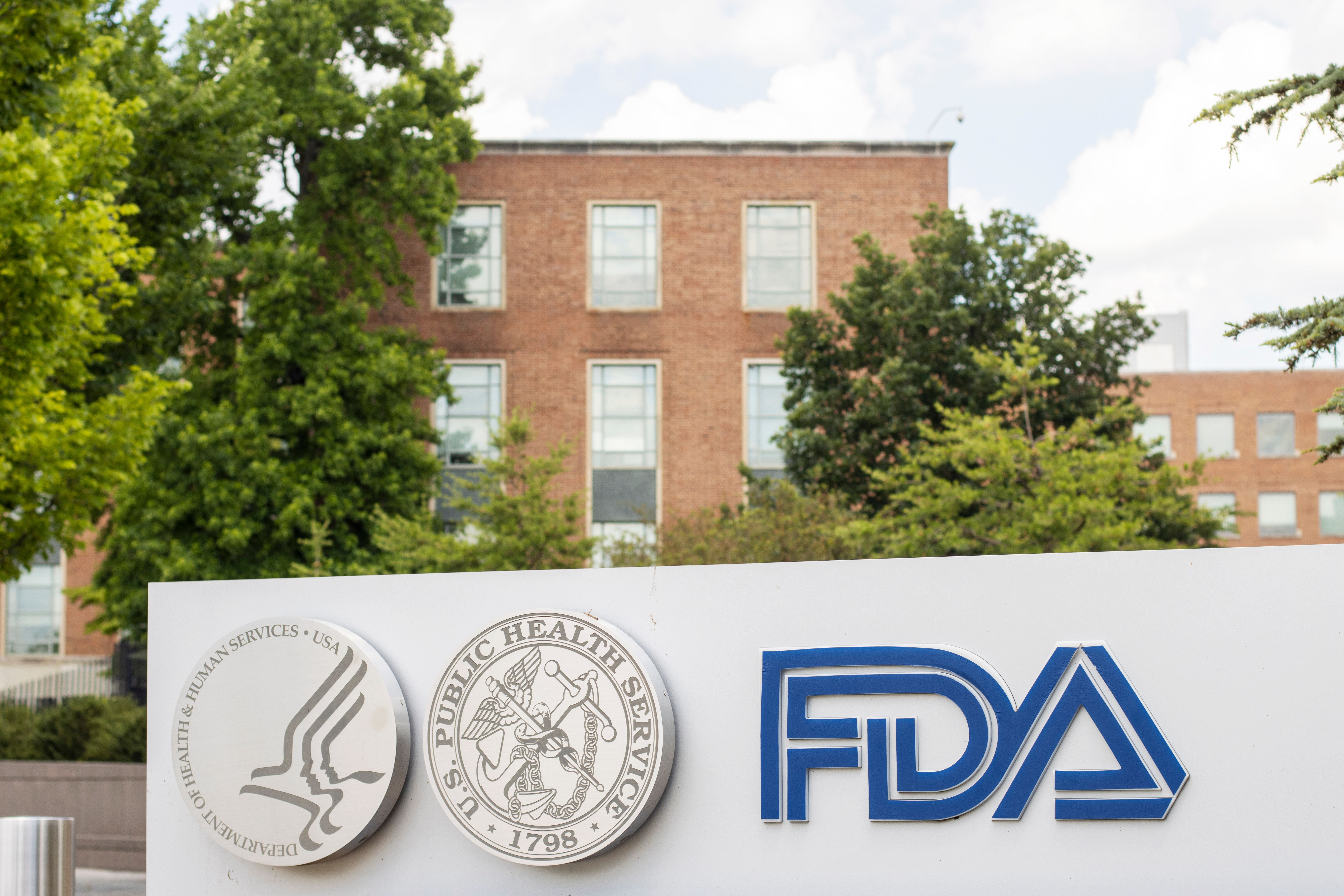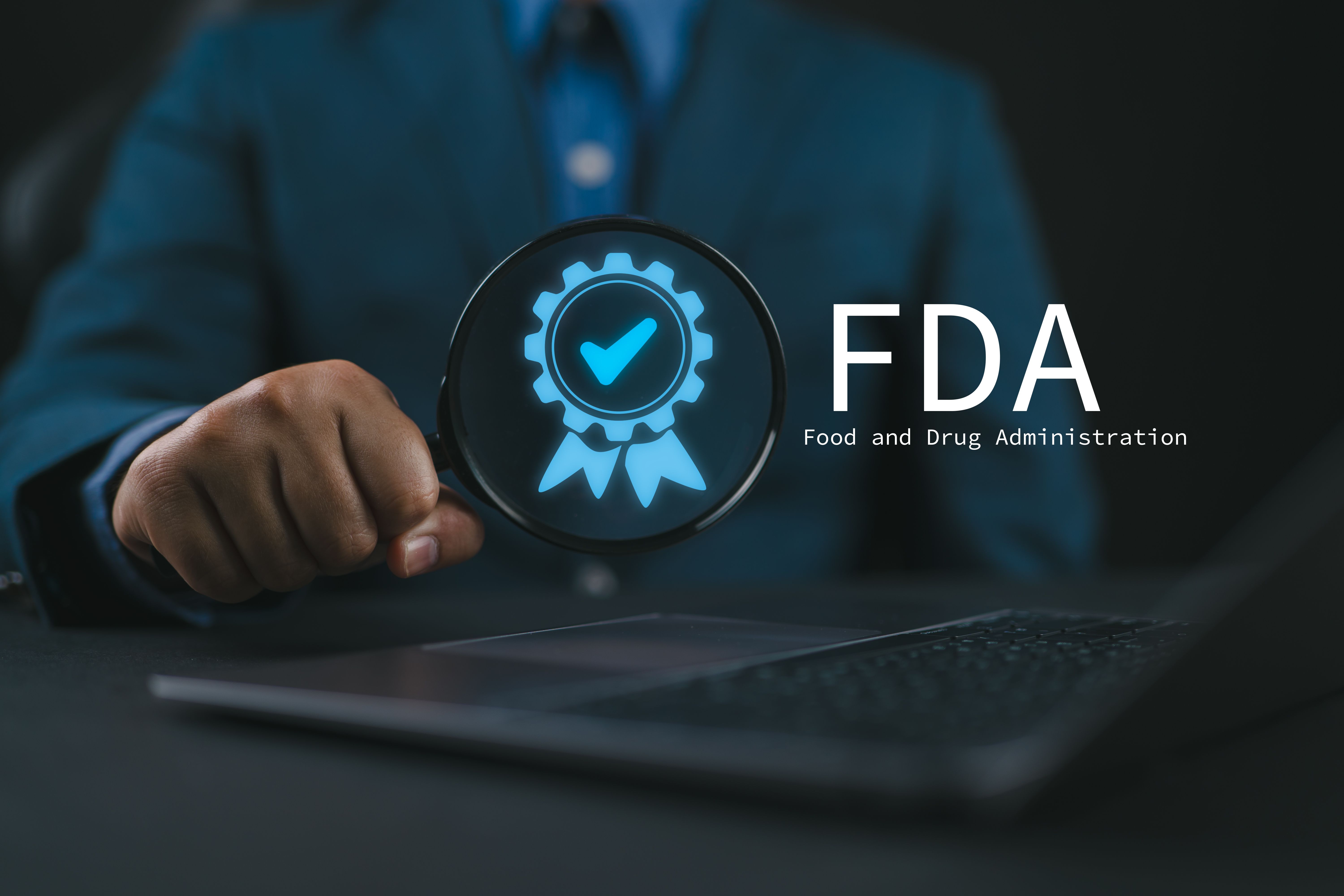News
Article
The Future of GI Drug Delivery in Managing IBD
Author(s):
Key Takeaways
- Nanoparticles enhance drug solubility, stability, and bioavailability, improving therapeutic outcomes for GI conditions like IBD through targeted delivery mechanisms.
- Hydrogel-based systems offer controlled drug release and improved bioavailability, showing promise in delivering anti-inflammatory agents and promoting healing in IBD models.
New drug delivery technologies, such as nanoparticles, hydrogels, and self-powered microgrippers, are showing great potential for enhancing targeted treatment and sustained release of medications in the gastrointestinal (GI) tract, particularly for managing inflammatory bowel disease (IBD).
Innovative drug delivery systems are emerging as promising solutions to overcome the limitations of traditional formulations by enabling sustained and targeted drug release in the gastrointestinal (GI) tract, particularly for treating inflammatory bowel disease (IBD), according to a recent review.1
IBD affects over 0.7% of Americans, with an age- and sex-standardized incidence rate of 10.9 per 100,000 person-years. IBD affects over 0.7% of Americans, with an age- and sex-standardized incidence rate of 10.9 per 100,000 person-years. | mi_viri - stock.adobe.com

The review, published in Frontiers in Bioscience-Landmark, was conducted to address the challenges of GI drug delivery, such as low pH, enzymatic degradation, and rapid transit. The researchers explored recent advancements in micro- and nano-scale drug delivery systems designed to improve the stability, retention, and targeted delivery of therapeutics, particularly for treating IBD.
IBD affects more than 0.7% of Americans, with an age- and sex-standardized incidence rate of 10.9 per 100,000 person-years.2 The age-, sex-, and insurance-standardized prevalence of IBD in the US is 721 per 100,000 population, and the prevalence varies among racial groups.
“As the field of drug delivery continues to advance, we can expect to see further development and optimization of systems for GI tract delivery and the treatment of IBD. With ongoing research and innovation, we may see the emergence of novel drug delivery categories that provide even greater precision and higher efficiency in drug delivery, such as the use of a programmable protein delivery system precisely targeting specific cell types,” wrote the authors.1
Nanoparticle Drug Delivery in the GI Tract and IBD
Nanoparticles (NPs), typically 1 to 100 nm in size, enhance drug solubility, stability, and bioavailability while reducing toxicity. They can be lipid-, polymer-, or inorganic-based and are engineered to overcome biological barriers using strategies like PEGylation, cationic polymers, and enteric coatings.
In the GI tract, NPs improve systemic delivery of drugs for conditions like diabetes and inflammation, with oral NP formulations of insulin, sitagliptin, and meloxicam showing better pharmacokinetics and therapeutic outcomes in preclinical studies.
For IBD, NPs help deliver anti-inflammatory agents—such as curcumin, berberine, and cinnamaldehyde—directly to inflamed tissue using pH-negative, reactive oxygen species (ROS)–negative, or enzyme-responsive mechanisms. Advanced systems include ROS-scavenging NPs, small interfering RNA-loaded carriers, and clustered regularly interspaced short palindromic repeats–enabled platforms, all showing promise in reducing inflammation and improving symptoms in colitis models.
Hydrogel-Based Drug Delivery Systems and GI Conditions
Hydrogel-based drug delivery systems are promising for GI conditions including IBD due to their high water content, biocompatibility, and ability to encapsulate various therapeutics. These polymer networks can be tailored using natural or synthetic materials to enable controlled drug release, triggered by environmental cues like pH or temperature.
Recent advances include pH-responsive hydrogels that protect drugs through the GI tract and release them in targeted regions. In animal models, hydrogel systems have improved oral delivery of drugs like baicalin, diclofenac sodium, insulin, and vaccines by enhancing bioavailability and therapeutic outcomes.
For IBD, hydrogels delivering natural anti-inflammatory compounds such as curcumin and magnolol have shown improved colon targeting and reduced inflammation. Additionally, stem cell–loaded hydrogels have promoted healing in models of Crohn disease–related fistulas. Overall, hydrogels offer a versatile and effective approach to drug delivery in GI and inflammatory disorders.
IBD and Untethered Microgrippers
Untethered microgrippers are tiny, self-powered microrobots designed for targeted drug delivery in the GI tract. These devices can latch onto GI mucosa, enabling prolonged retention and sustained drug release. One design, called a theragripper, mimics hookworms and features drug-loaded centers with sharp claws for mucosal attachment. In rat studies, theragrippers significantly increased drug exposure compared to free drug delivery.
To enhance precision, magnetic microgrippers guided by magnetic resonance imaging have also been developed and successfully navigated in ex vivo porcine esophagus. Although promising, no microgripper systems have reached clinical trials. Future efforts must focus on improving deployment methods, navigation, biocompatibility, and conducting thorough preclinical studies to enable clinical translation.
Ongoing research and innovation in drug delivery, as discussed by the authors, is paving the way for new systems that offer greater precision and efficiency, such as programmable protein delivery methods that target specific cell types. The authors emphasized the importance of improving the biocompatibility and safety of these delivery systems, along with integrating personalized medicine approaches to customize treatments for individual patients. Additionally, they highlight the potential of developing integrated platforms that combine drug delivery with diagnostic and monitoring technologies to enhance disease management, including systems for automatic and precise dosing. As these advancements continue, the authors believe we will see the swift translation of both established and emerging drug delivery technologies into clinical practice.
“The future of gastrointestinal drug delivery maybe driven by rapid advancements in patient-centered design and technologies that enhance drug delivery specificity, precise targeting and cost-effectiveness,” they concluded. “A key focus will be on oral formulations that transform patient experiences and disease management, as well as improve adherence.”
References
1. Chen H, Islam W, Halabi JE, Li L, Selaru FM. Innovative gastrointestinal drug delivery systems: nanoparticles, hydrogels, and microgrippers. Front Biosci (Landmark Ed). 2025;30(2):25281. doi:10.31083/FBL25281
2. Lewis JD, Parlett LE, Funk MLJ, et al. incidence, prevalence, and racial and ethnic distribution of inflammatory bowel disease in the United States. Gastroenterology. 2023;165(5):1197-1205.e2. doi:10.1053/j.gastro.2023.07.003





